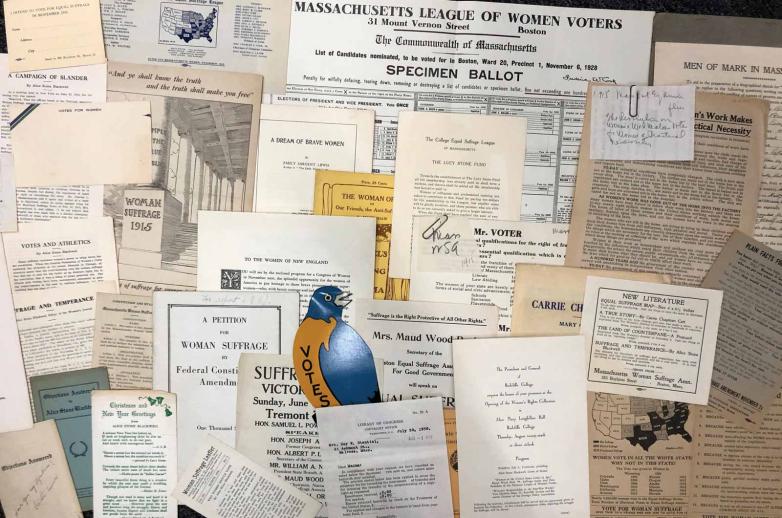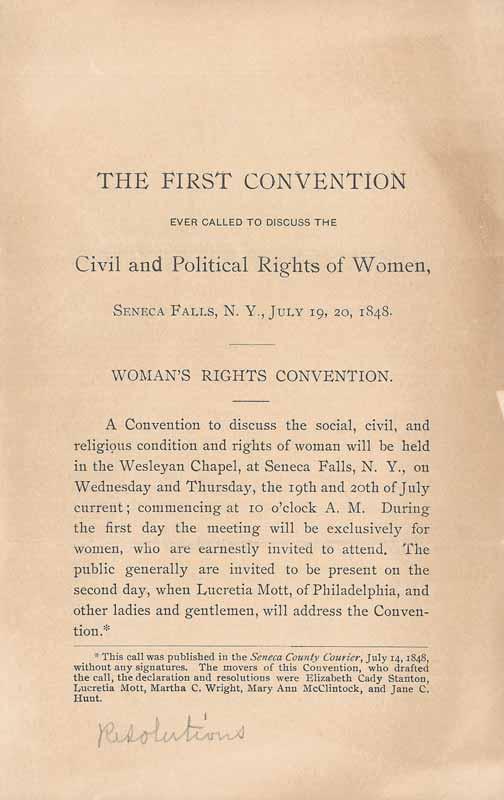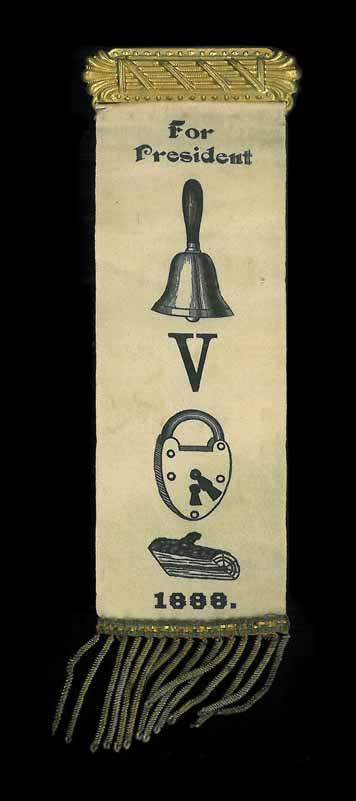An 1820 edition of The Ladies’ Companion for Visiting the Poor, an unsigned sermon collection, gives suggestions for guiding “one who has led a careless Life, but who is not awakened to a Sense of her Danger.” In an 1853 letter mailed from an insane asylum in Utica, New York, an inmate named Lois Whittemore told her husband Albert about holding up despite the racket of “crying and mourning” and believing that “home and friends and kindness is all that I need to cure me.” And among the many historical texts in Dobkin’s hands that sound eerily contemporary, a 1930s memoir records an agonized mother’s support for her daughter’s determination to live as a boy, under a new name that “burned all our bridges behind us.”
“The way Dobkin has collected is bar none,” said Valerie Paley, director of the Center for Women’s History at the New-York Historical Society (N-YHS). “It gives all new meaning to the word ‘motherlode.’”
Dobkin said her voluminous evidence of women going about their daily rounds, while sometimes defying expectations, “is empowering.” She browses through the trove “when the mood hits me,” she added. She was interviewed at her apartment—her alpha bulldog Fanny snored at her feet much of the time—where the walls are hung with artworks by the likes of Faith Ringgold and Cindy Sherman. Through decades of accumulating books and manuscripts, she joked, “I kept saying, ‘I’m not a collector.’”
Her main supplier has been Glenn Horowitz (other dealers on the roster include Priscilla Juvelis and Sarah Baldwin). What Dobkin has bought, Horowitz said, “really serves almost as a corrective” to institutional holdings “neglectful of the contributions of women.” Horowitz would steadily send out faxes reminding the book world of his client’s niche. The determining factor for making purchases, he said, was whether the wares for sale could “tell a new story.”


















